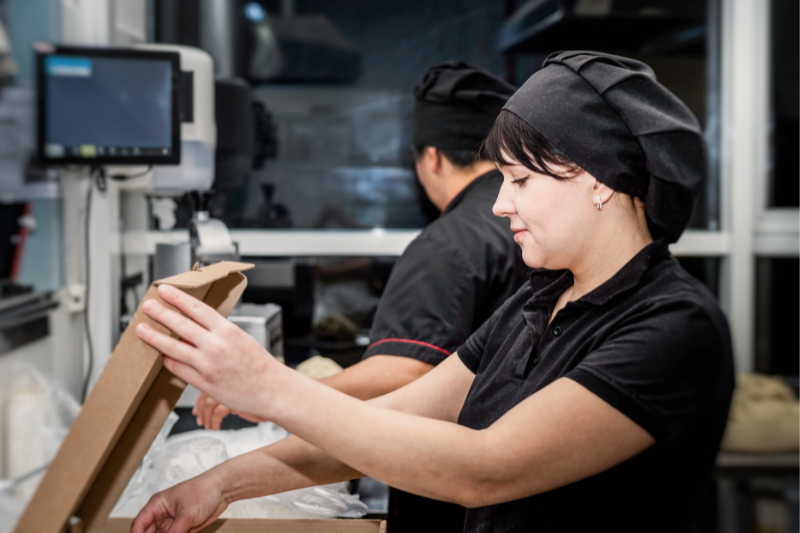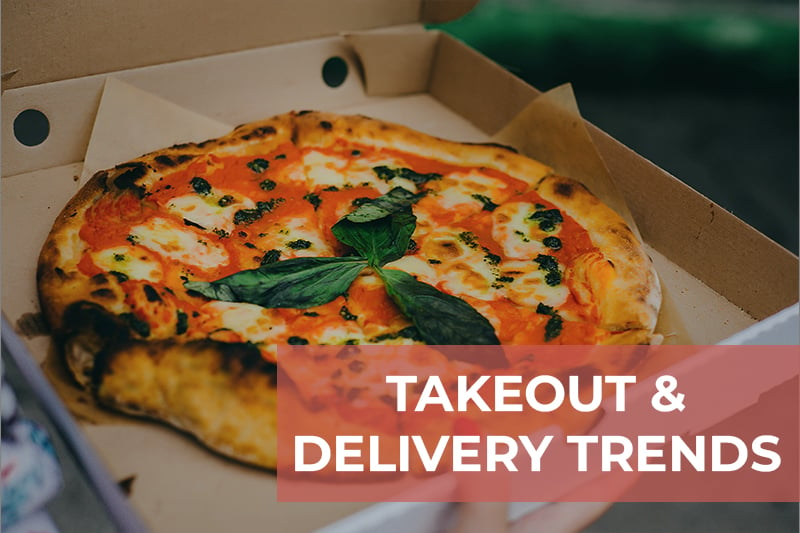COVID-19 forced you to close your dining room, and now your business is running on delivery and takeout. You have to continue selling hot, tasty dishes – your sales depend on it. And after taking big hits to your bottom line, you can’t afford to clutter your cooler and cut into your profits further with extra, expensive ingredients. How do you balance cooking up your best menu items with keeping your inventory under control?
It’s a question that’s keeping many operators up at night. In a Datassential survey, 46% of restaurants said they have the right amount of stock. But 27% said they are running short on some items and over on others. Another 21% reported they have too much inventory, and 6% said they have too little.
To lower expenses and prevent waste, many operators are ordering fewer fresh ingredients. Just 51% of operators told Datassential they are still buying fresh items. Instead, eateries are opting for longer-lasting, shelf-stable alternatives. Twenty-five percent of restaurants said they are ordering more frozen food. Another 25% said they are stocking up on pre-packaged or grab-and-go items, and 17% are purchasing ready-to-use and heat-and-serve products to make their dishes.
Canned items are another popular option – 16% of eateries are buying canned goods, and 17% are using canned and bottled beverages. And pre-cut or pre-portioned items are cutting costs and prep time for 7% of restaurants.
But as operators are changing what they buy, they are sticking with where and how they buy it. Most restaurants – 67% – said they bought ingredients from broadline and main-line distributors before COVID-19 restrictions, and the same number plan to use those vendors once restrictions are lifted. A few more eateries said they plan to source from local farms once the virus passes, while fewer expect to order from specialty, ethnic or local distributors.
For the most part, operators are still using online ordering to stock their kitchens. Nearly 60% said they are ordering the same amount of ingredients online, while 19% said their online ordering has increased. Many plan to continue using the web to keep their walk-ins full – 46% said they will rely more heavily on online ordering after restrictions lift.
Keeping tabs on what they buy and where they buy it is important, but to best manage inventory levels, it’s also vital for operators to keep tabs on how much they buy and what they already have stocked. To prevent shortages, 35% of restaurants are relying on alerts when ingredients start to run low.
Hospitality management software Craftable can also help restaurants reduce their sitting inventory and run leaner kitchens. The platform calculates actual versus theoretical inventory, giving a more accurate picture of what an eatery has stocked. Users can also set reorder levels for different ingredients so they never run low or order too much of any item. And when operators are ready to order, Craftable offers a one-stop-shop with all vendors, taking the hassle out of ordering.
Whether your business is focused on delivery, takeout or dine-in, Craftable tools can help improve your bottom line. Request a demo to keep your profits healthy.




.png)